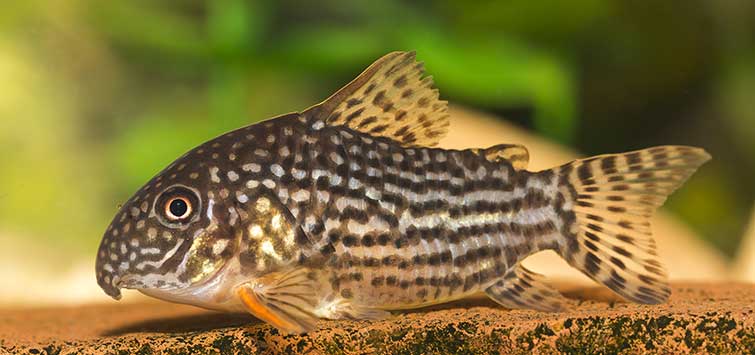Do cory catfish need a bubbler?
Cory catfish, also known as corydoras or cory cats, are a beautiful fish originating from South America where they are usually found in streams, ponds and marshes. Although these fish are relatively easy to take care of, there are a few things you need to know before beginning your corydora journey and, we’ll address some of these in this article.
Contents
Do cory catfish need a bubbler?
Yes, you will need to invest in a bubbler if you plan to keep cory catfish in a tank or aquarium. A bubbler is a device which connects to an air pump via an air tube and which introduces bubbles of air into a fish tank.
Also known as an air stone, these devices help to keep the water in your tank oxygenated as well as keeping the water moving. Although corydoras are able to reach the surface of the tank in order to take in air, they do benefit from a bubbler in order to have access to consistent and sufficient oxygen.
As well as providing a more comfortable environment for your fish, a bubbler will prevent your cory from becoming sick and dying, which can happen when there is too little oxygen in the water in their tank.
While comfort and health are the priorities for your cory cats, these fish also enjoy playing with the bubbles created by a bubbler – which can be really fun to watch! Fish tank bubblers are widely available in pet stores and online and are usually relatively inexpensive.
Home comforts
As well as installing a bubbler in your tank, it’s important to make sure that you keep the water in your tank clean in order for your cory catfish to thrive. You’ll also want to make sure that you line the tank with soft, natural sand and add a few pieces of driftwood and dense vegetation to provide hiding places for your fish during the daytime.
Conclusion
Cory catfish are an extremely peaceful and non aggressive species which thrive in groups of six or more. For this reason, you should invest in a tank of at least 20 gallons to keep them as happy and comfortable as possible. Your easy to please fish enjoy a varied diet including shrimp pellets, dead shrimp, bloodworm and catfish pellets.


